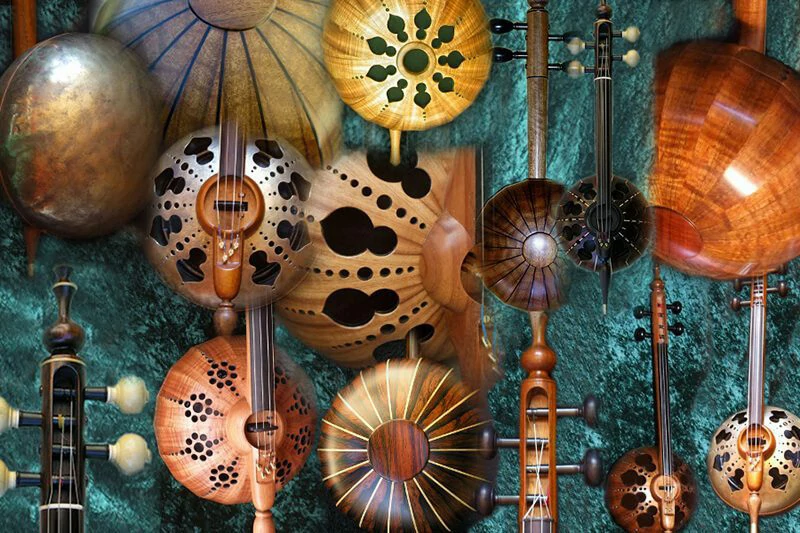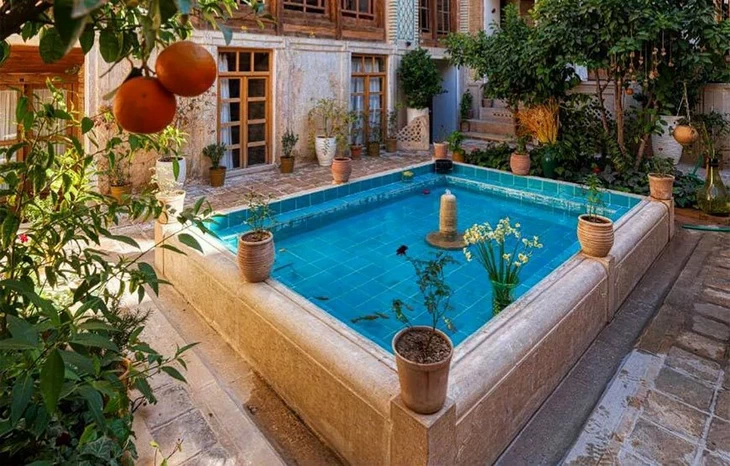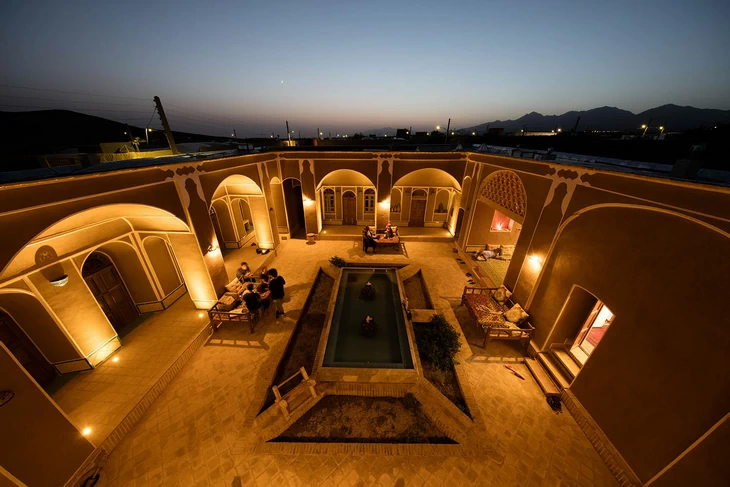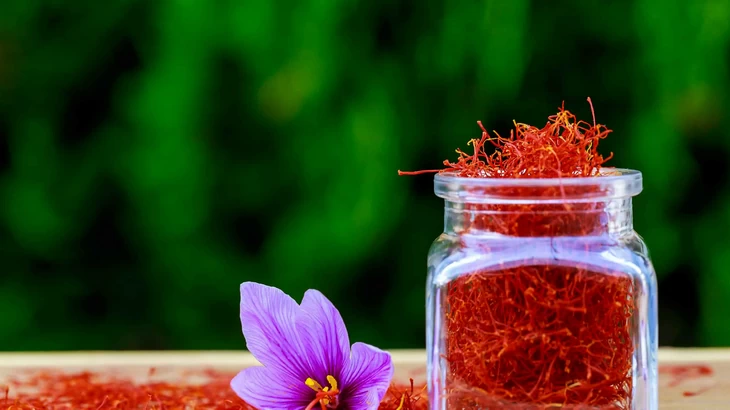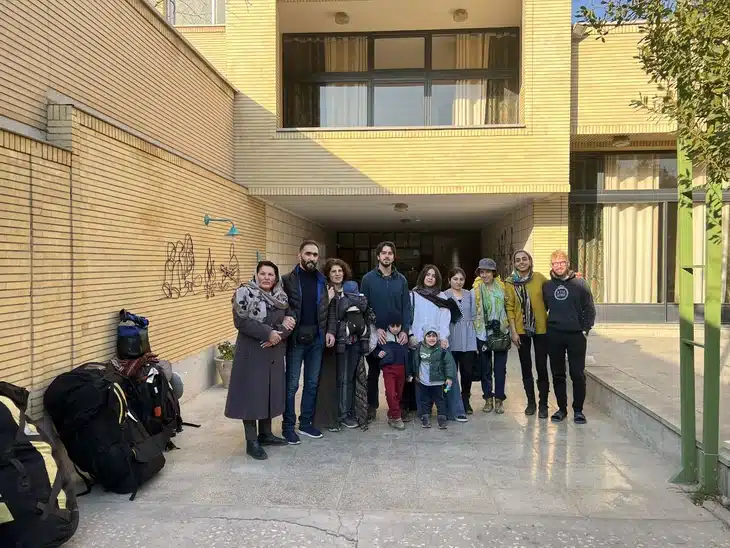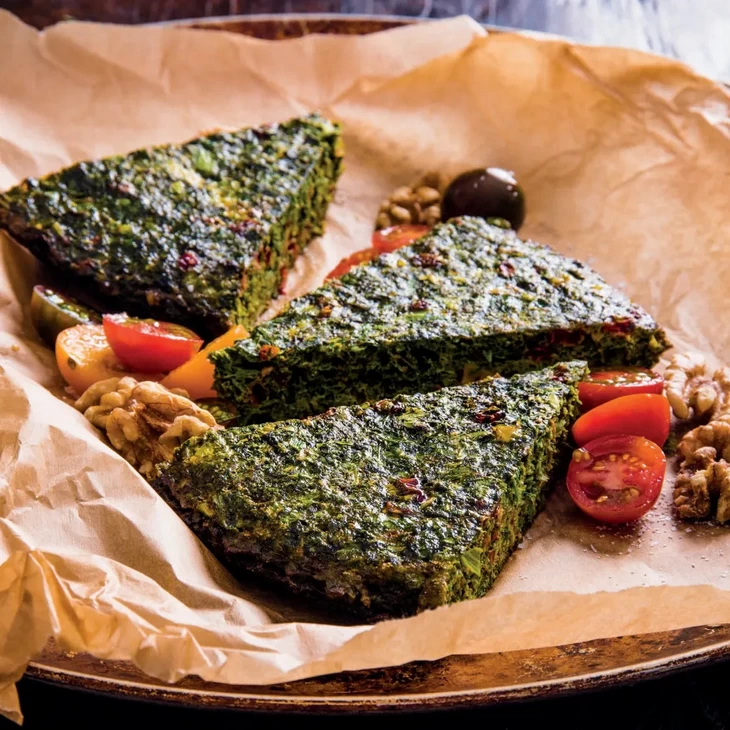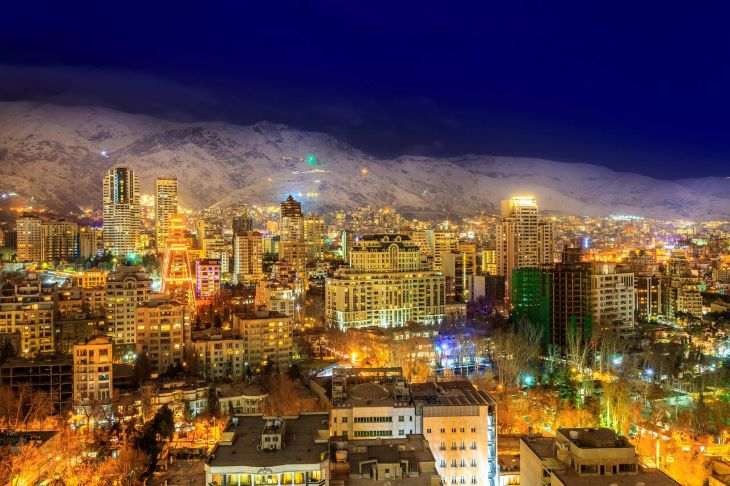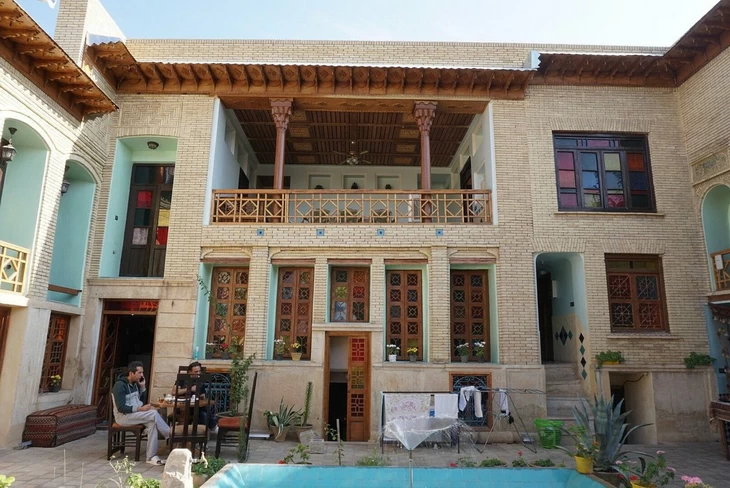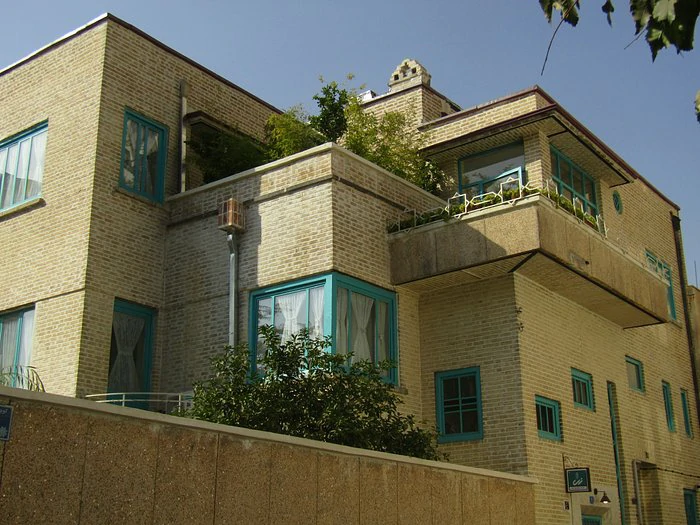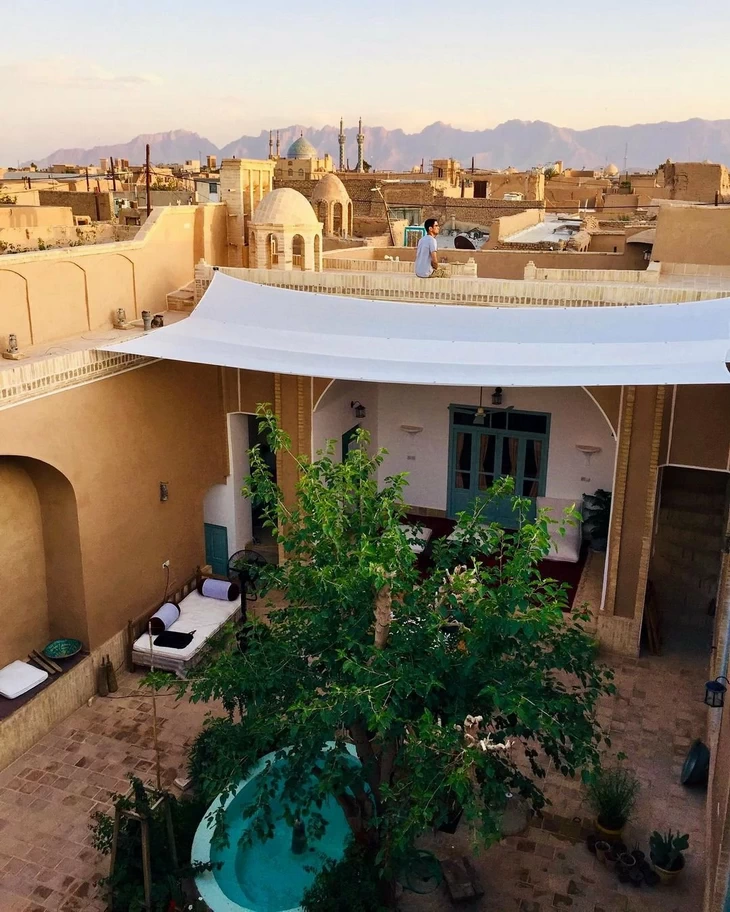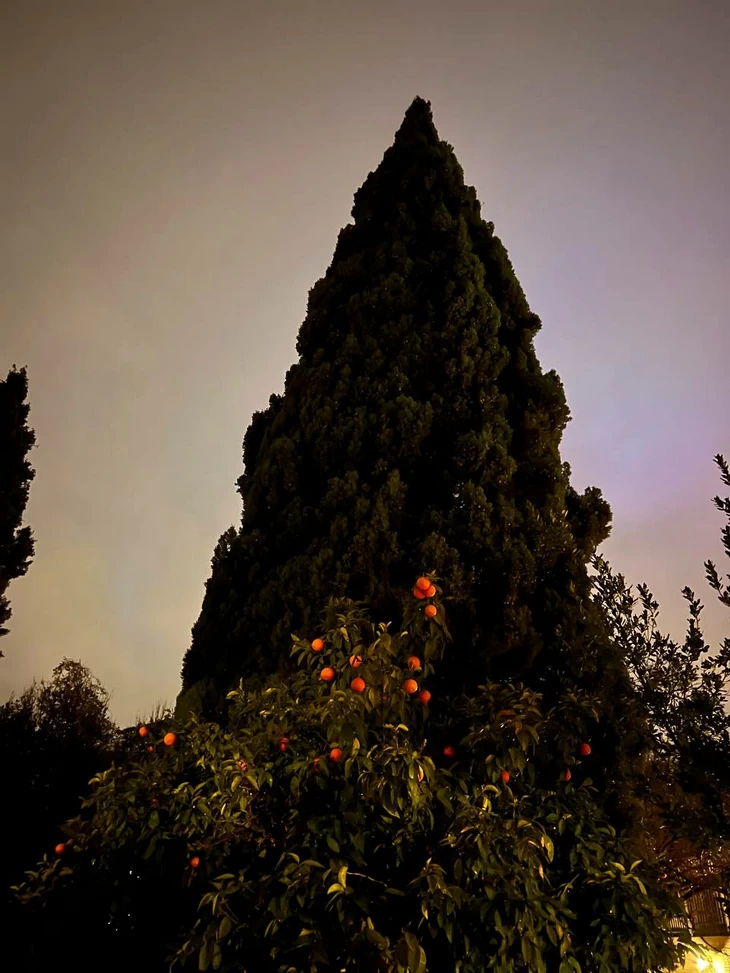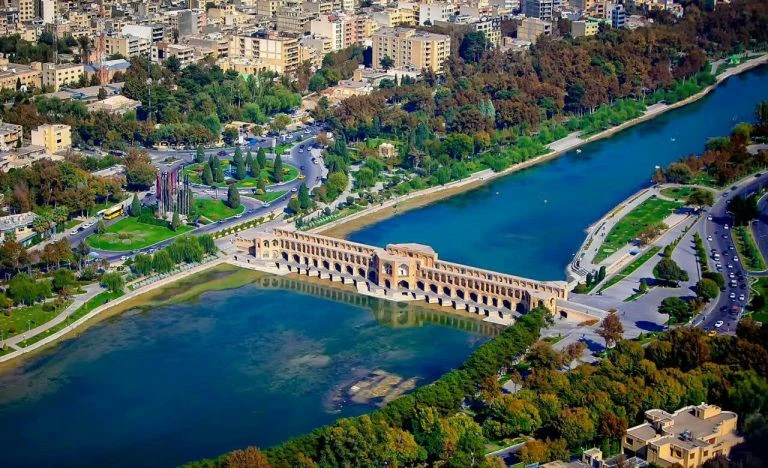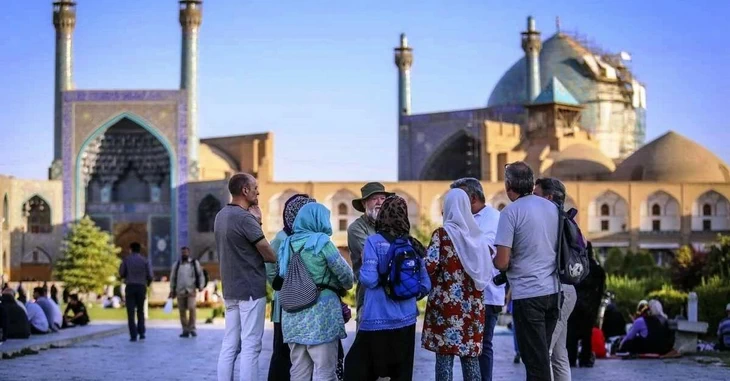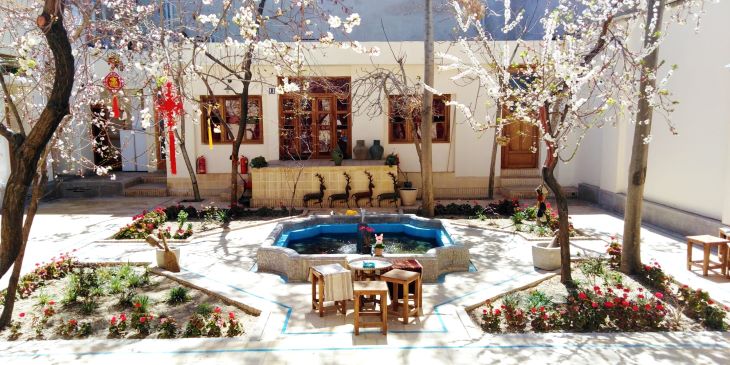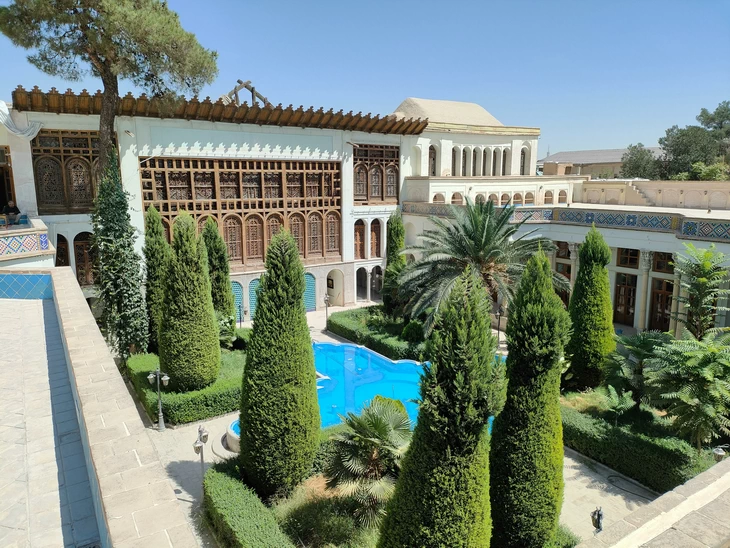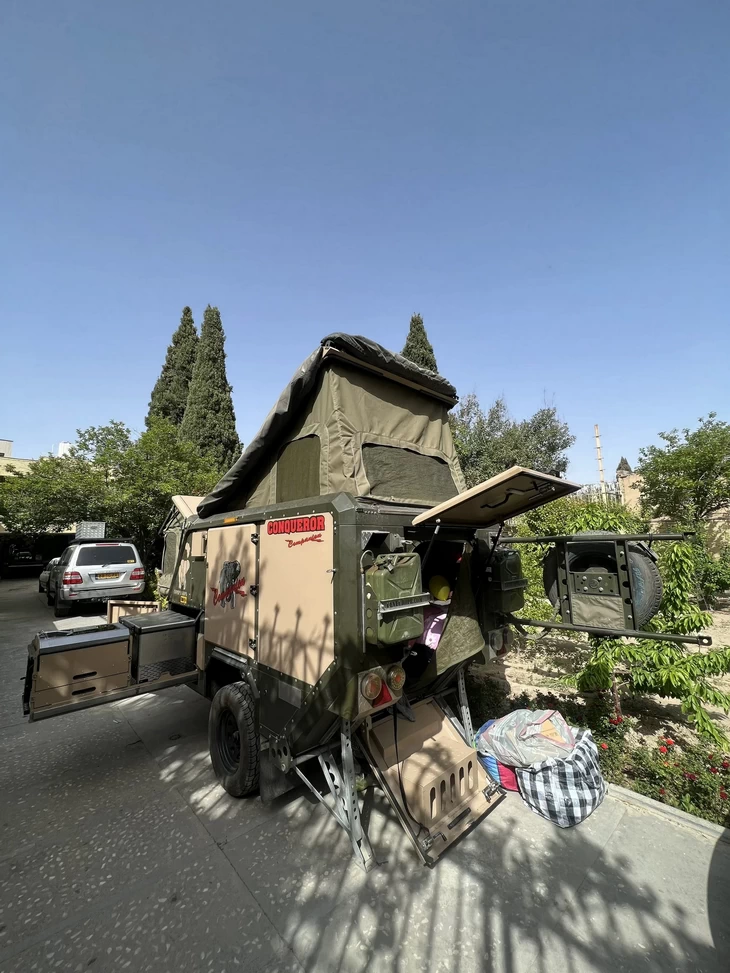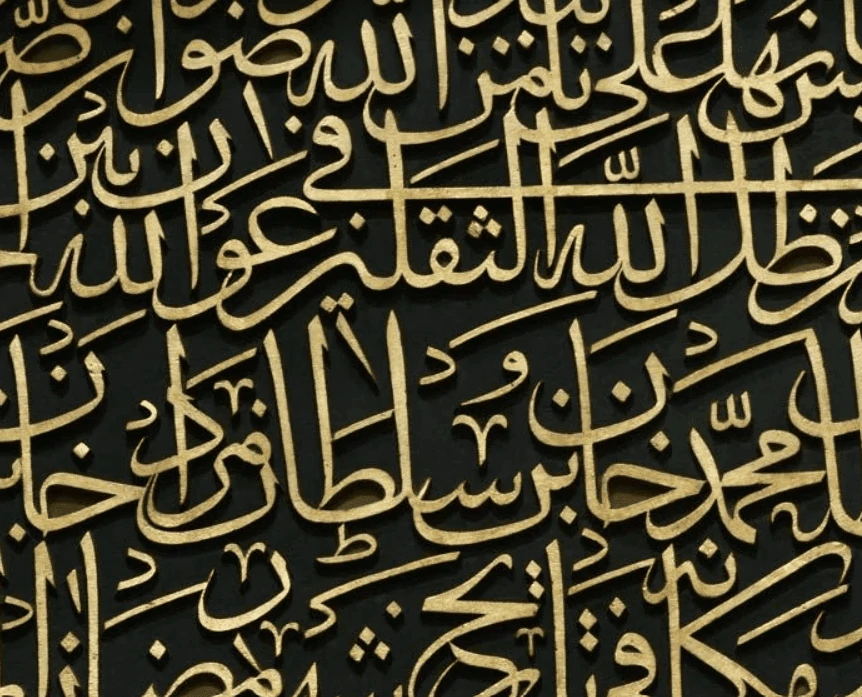3 UNESCO World Heritage Sites in Isfahan
World Heritage Sites are a collection of cultural and/or natural places, designated by a committee of the same name in the UNESCO Organization. Based on this convention, countries that are members of UNESCO can nominate their historical/natural/cultural sites to become part of this list. Being included in this list not only helps countries introduce their cultural and natural heritage to the world and attract tourists, but it also ensures UNESCO and other organizations related to historical sites’ technical or scientific help in times of need – not to mention the financial support funds that they provide. So far, Iran has registered 24 historical and natural sites on the World Heritage List, three of which belong to the city of Isfahan. We will try to get in-depth about each of these three in this article.
In order to be included in the UNESCO World Heritage List, every historical site must have at least one of these six qualifying factors (you can read the full list following this link):
- To represent a masterpiece of human ingenuity and creativity
- To exhibit the interchange of human values over a period of time, in terms of advancement in architecture, technology, or urban planning
- To bear a unique or at least exceptional testimony to a cultural tradition or a living/dead civilization
- To be an outstanding example of architecture or technology
- To be an outstanding example of humanity’s interaction with the environment
- To be associated with living traditions, beliefs, ideas, or literary/artistic works of outstanding importance
Naghshe Jahan Square World Heritage Site
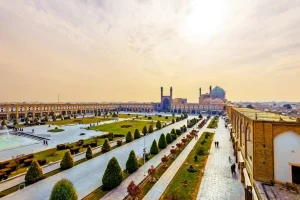
Naghshe Jahan Square is the first Isfahan site to be listed on the UNESCO World Heritage List in the summer of 1978. This square was built during the reign of King Abbas the First – of the Safavid dynasty – and became one of the biggest squares in the world. Before Isfahan became the capital of the Safavid empire, there existed a garden called Naghshe Jahan where the square now stands. King Abbas expanded the garden to its current borders and employed some of his core architectural tenants in it.
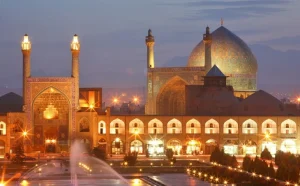
The square was built in the southern part of the city, in order to answer the growing need for economic, social, and cultural facilities development. Thusly, the former center of the city (Sabzeh Meydan) fell out of prosperity. King Abbas built some of the largest and most famous historical sites in the city around the newly built square: The Imam (Shah) Mosque on the southern side, the Sheikh Lotfollah Mosque on the eastern side, the Ali Qapu palace on the western side, and the Qeysarie Bazaar on the northern side.
This is how the cultural and economic cores of Isfahan became concentrated in one active complex, making it fit right into the world heritage sites list. In the Safavid era, Naghshe Jahan Square was where formal events, martial parades, polo, horse riding, and shooting competitions took place. The two stone polo gates on the south and north of the square serve as testimonies to Naghshe Jahan’s significance in those times. This site became the center of production and distribution for handicrafts in the Qajar and Pahlavi eras.
The Persian Garden World Heritage Site (Chehel Sotoun Palace)
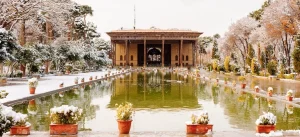
At the 35th conference of the World Heritage Committee, which took place in the summer of 2011, a series of sites in Iran were listed under the name of the Persian Garden. Qualifying for 5 out of the 6 factors in the committee’s guidelines shows the exceptional creativity of Iranians in building and developing the Persian Garden. The Persian Garden has three individual structures: It is in the way of a stream, is enclosed by tall walls, and inside of it are a mansion and a pool.
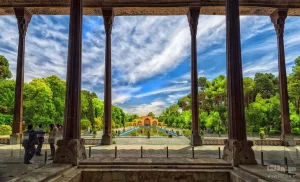
This style of building gardens dates back to the Achaemenid era, and although it may look simple, because of its varied connections to cultural components, it has become a treasure trove of myths, legends, religions, beliefs, poems, paintings, and writings and holds the most advanced hydraulic, soil, and botanical sciences. The significance of this matter only increases when we consider that these gardens were built in a naturally dry and rough climate. This required all the science and capacity available to humankind at that time and place. Additionally, the existence of gardens inspired by this pattern in Spain, India, and Pakistan is a clear testimony to the global importance of Persian Gardens.
The Chehel Sotoun Garden
Since the unique style of the Persian Garden had to be presented to the World Heritage Committee as a stable pattern, nine gardens were chosen in historical continuity and accepted in the world heritage sites list, the Chehel Sotoun Garden in Isfahan being one of them. This garden has been built with beautiful passageways and a clever water circulation system, and a magnificent mansion in the middle, which is visited today as a unique site. The first foundation of this garden was established during the reign of King Abbas the First in order to receive the court’s guests in special ceremonies and events. Then, during King Abbas the Second’s reign, the mansion was expanded and some halls and porches were added to it.
The Naming
The reason for the naming of this site is the number of columns in the palace: In Iran, the number forty (chehel) was usually used to express multiplicity. However, since the number of columns (twenty) is doubled by their reflection in the pool in front of the palace, there are some who believe this is the reason for the name Chehel Sotoun.
Each of the twenty columns on the front porch of the palace has been built from the trunk of a plane tree and was previously covered with mirrors and colored glass. All the walls were covered with mirrors, colored glass, and beautiful paintings. The doors and windows were also ornamented with woodcarvings and Khatam Kari. The soaring trees with their tall shadows covering the entire garden are some of the most beautiful parts of this site. The Mirror Hall, the stone lines on the four corners of the central pool, the fine gilded ornaments, the paintings of the royal hall, and the pool itself, with its reflection of the building are some of the other beauties of Chehel Sotoun.
Read about the gardens in Yazd and Kashan that are part of the Persian Garden listing!
Jameh Mosque of Isfahan
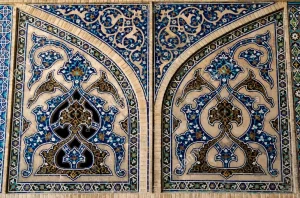
The Jameh Mosque of Isfahan was listed on the World Heritage Sites at the 36th Global UNESCO Conference which took place in Moscow. This Mosque – also known as Atiq Mosque or Friday Mosque – is one of the most important works of Iranian architecture, dating all the way back to the 2nd century AH. The reason for the Jameh Mosque’s fame is that it contains multiple styles of Islamic architecture belonging to different eras.
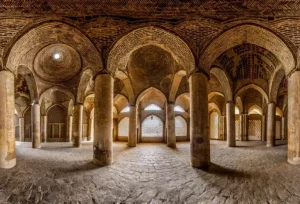
What remains of this site includes works from the Abbasid Caliphs, the Dilamians, the Seljuqs, the Ilkhans, and the Muzafarians. In other words, since the mosque held great religious and political significance, each dynasty added its own parts to the building in order to leave a lasting relic and inform future generations of its greatness and power. Thusly, the Jameh Mosque became a treasure trove of Iranian architectural art over multiple eras, that holds a thousand years’ worth of experience in building mosques – and especially the creation of the Iranian mosque design. Because of this, one can recognize multiple architectural styles belonging to Iran and the neighboring countries in this mosque, making its entry in the UNESCO World Heritage Sites only natural.
The Museum of Islamic-Iranian Architecture
The original building of the mosque had a rectangular design, with columned Shabestans surrounding a large courtyard. In later years, it became a Four-Evan mosque, with the simple, attached spaces of the Shabestans becoming separated by porches and two domes. From this point on, this became the most popular mosque-building style and most Friday Mosques in Iran have been built following the same principles, and in some cases, older mosques were changed into Four-Evan mosques.
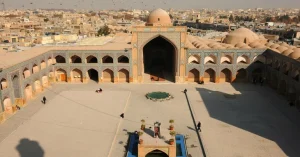
This new style, in contrast to the Arabic Shabestani Design, became known as the Iranian Mosque Design and gradually spread through other Muslim countries. Therefore, we can say that the most important value of the architecture of the Jameh Mosque of Isfahan is that it played the role of a pioneer in the East’s architectural history and offered a unique design that became a pattern for mosque-building in Iran and the Middle-Asia.
The Jameh Mosque is also valuable in structural and ornamental terms: Including the brick blocks ornamented with geometric motifs, brick pillars with different cuts, arches in different styles, the four porches each having unique ornaments, the large domes built with the creative attached double shell style, and the elegantly ornamented facades surrounding the courtyard, which all compose a magnificent complex. This is why Arthur Pope – the prominent American Iran scholar – considers this mosque with its quiet, serious, and mysterious grandeur one of the most beautiful works of architecture in the world.
Final Words
Read more about Isfahan in our other blog You can also take a look at our blog where we talk about the lesser known attractions in the city! And we’d love to talk to you about Iranian culture when you come to Mahbibi Hostel (chosen as the best 2020 hostel in Iran), and be sure to check our Instagram, because who knows what events we may have!


